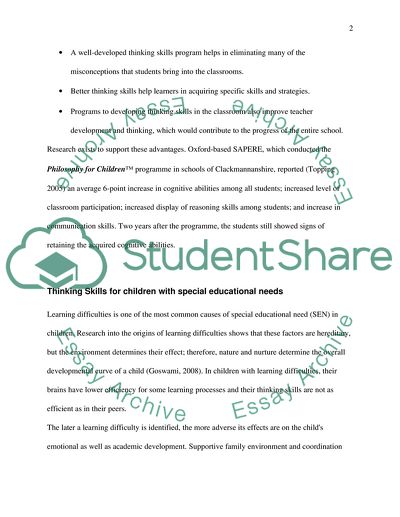Cite this document
(“Developing Thinking Skills Case Study Example | Topics and Well Written Essays - 2250 words”, n.d.)
Developing Thinking Skills Case Study Example | Topics and Well Written Essays - 2250 words. Retrieved from https://studentshare.org/education/1722706-developing-thinking-skills
Developing Thinking Skills Case Study Example | Topics and Well Written Essays - 2250 words. Retrieved from https://studentshare.org/education/1722706-developing-thinking-skills
(Developing Thinking Skills Case Study Example | Topics and Well Written Essays - 2250 Words)
Developing Thinking Skills Case Study Example | Topics and Well Written Essays - 2250 Words. https://studentshare.org/education/1722706-developing-thinking-skills.
Developing Thinking Skills Case Study Example | Topics and Well Written Essays - 2250 Words. https://studentshare.org/education/1722706-developing-thinking-skills.
“Developing Thinking Skills Case Study Example | Topics and Well Written Essays - 2250 Words”, n.d. https://studentshare.org/education/1722706-developing-thinking-skills.


